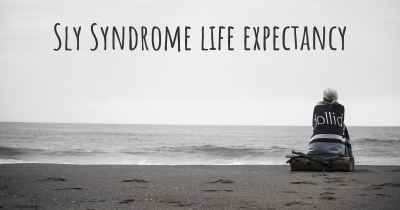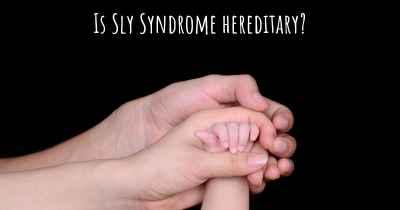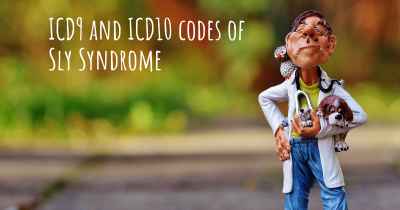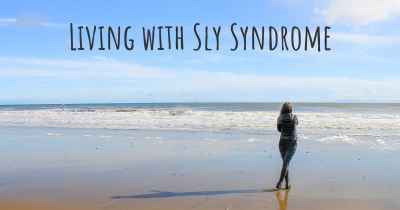Is it advisable to do exercise when affected by Sly Syndrome? Which activities would you suggest and how intense should they be?
See if it is advisable for people with Sly Syndrome to practice sports and which ones are the most recommended if you have Sly Syndrome
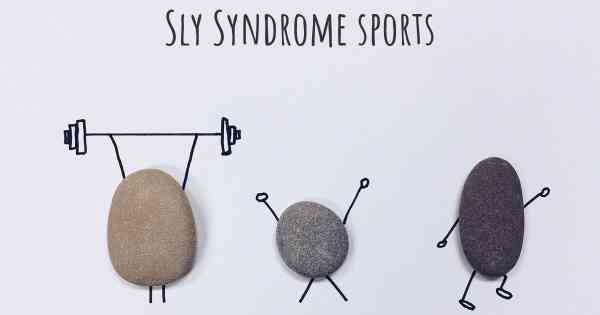
Sly Syndrome, also known as mucopolysaccharidosis type VII (MPS VII), is a rare genetic disorder that affects the body's ability to break down certain sugars. This can lead to a buildup of harmful substances in various tissues and organs, causing a range of symptoms and complications.
When it comes to exercise and Sly Syndrome, it is important to approach physical activity with caution and under the guidance of a healthcare professional. The severity of the condition can vary from person to person, so individualized recommendations are crucial.
Benefits of Exercise:
Engaging in appropriate exercise can have several benefits for individuals with Sly Syndrome:
- Improved cardiovascular health: Regular exercise can help strengthen the heart and improve blood circulation.
- Maintaining muscle strength and flexibility: Certain exercises can help preserve muscle strength and flexibility, which may be affected by the condition.
- Enhanced respiratory function: Some individuals with Sly Syndrome may experience respiratory issues, and specific exercises can help improve lung capacity and function.
- Psychological well-being: Exercise can have positive effects on mental health, promoting a sense of well-being and reducing stress and anxiety.
Recommended Activities:
The choice of exercises should be based on the individual's abilities, overall health, and any specific limitations they may have. Here are some activities that may be suitable for individuals with Sly Syndrome:
- Low-impact aerobic exercises: Walking, swimming, and stationary cycling are examples of low-impact activities that can provide cardiovascular benefits without putting excessive stress on the joints.
- Range of motion exercises: These exercises aim to maintain or improve joint flexibility and can include gentle stretching or yoga.
- Strength training: Under professional supervision, individuals may engage in light resistance exercises using resistance bands or light weights to maintain muscle strength.
- Breathing exercises: Techniques such as deep breathing exercises or pursed lip breathing can help improve respiratory function.
Exercise Intensity:
The intensity of exercise should be tailored to the individual's capabilities and limitations. It is important to start slowly and gradually increase the intensity and duration of the activities over time. Monitoring heart rate and perceived exertion can help gauge the intensity level.
Precautions:
While exercise can be beneficial, it is essential to take certain precautions when engaging in physical activity with Sly Syndrome:
- Consult a healthcare professional: Before starting any exercise program, it is crucial to consult with a healthcare professional who is familiar with the individual's medical history and specific needs.
- Supervision: It is advisable to exercise under the supervision of a qualified professional who can provide guidance and ensure safety.
- Listen to the body: Individuals should pay attention to their body's signals and stop or modify activities if experiencing pain, discomfort, or excessive fatigue.
- Adaptations: Exercises may need to be modified or adapted based on the individual's abilities and limitations. This can include using assistive devices or adjusting the intensity and duration of the activities.
Conclusion:
Engaging in appropriate exercise can have numerous benefits for individuals with Sly Syndrome, including improved cardiovascular health, maintenance of muscle strength and flexibility, enhanced respiratory function, and psychological well-being. However, it is crucial to approach exercise with caution, under the guidance of a healthcare professional, and tailor the activities to the individual's capabilities and limitations. By doing so, individuals with Sly Syndrome can safely incorporate exercise into their routine and potentially improve their overall quality of life.
